Articles
More Convenience, More Curation: How the Retail Store of the Future Can Succeed
Find out what features the store of the future will have and how brick-and-mortar retail will likely evolve.
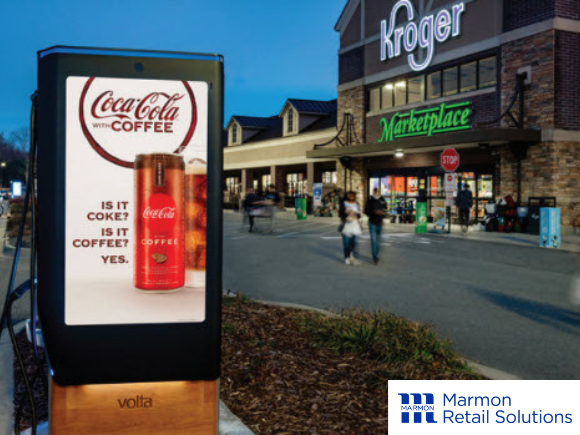
Although options like mail-order shopping have been around since the 19th century, store-based retail has long been the sole dominant consumer channel—that is until the rapid rise of online shopping.
So does this mean the death of in-store shopping is imminent?
Hardly.
But it does mean brick-and-mortar retailers need to be more strategic as they respond to the demands of omnichannel shoppers.
Check out what the physical store of the future will look like with helpful insights and intriguing real-world examples from retail consultant Jack O’Leary, Head of Advisory, North America, for Edge by Ascential.
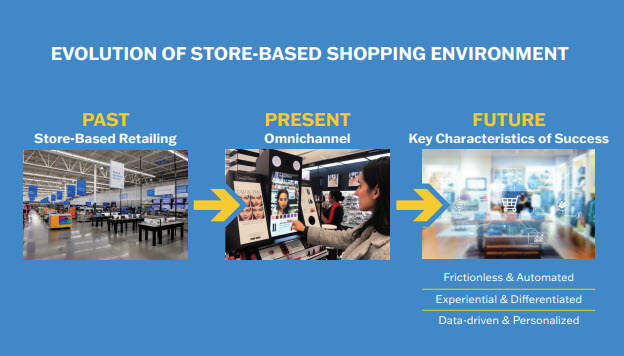
Online Retail Increasingly Shaping Brick-And-Mortar Experience
Brick-and-mortar retailers have traditionally been scale-based, deriving their strategies from mass market economics and an in-person service model. But that’s changing as today’s retailers do business with both offline and online operations.
That’s not to say these operations remain isolated from one another. O’Leary says online retail is increasingly shaping the brick-and-mortar experience. A good example is e-commerce fulfillment that involves the physical store.
Looking further into the future, O’Leary predicts the most successful brick-and-mortar retailers will provide shopping experiences that are:
- Frictionless and automated
- Experiential and differentiated
- Data-driven and personalized
Before we take a closer look at examples of these characteristics, let’s consider the physical store itself.
The In-Store Experience Remains Vital
Despite the popularity of online shopping, O’Leary says, “We believe [the physical store] still retains a vital role in the shopper journey of tomorrow.” That’s because people still have specific reasons for preferring the in-store shopping experience, reasons that won’t be disappearing any time soon.
For example, O’Leary points to consumer surveys like this one, which indicates that nearly 60% of shoppers who prefer the physical store said the primary reason was experiential:
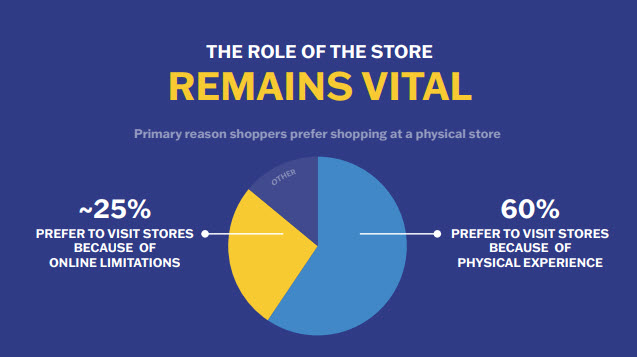
Attitudes like these have important implications. O’Leary says the brick-and-mortar store of the future should be more than a utilitarian destination.
“It needs to have elements of discovery and experience,” he explains, “to really bring shoppers in and make it a differentiated environment from what they can get in the online channel.”
How Will Stores of the Future Stay Successful?
O’Leary identifies three key ways that retailers will innovate to remain successful.
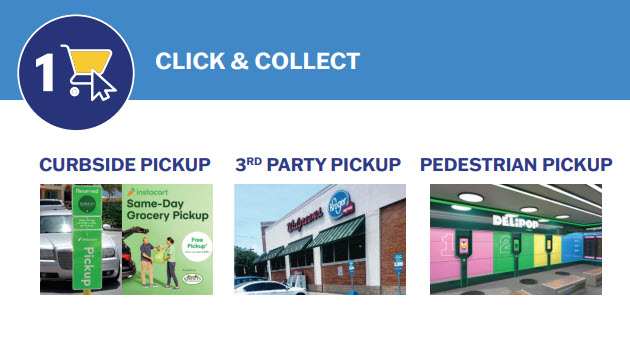
1. Tailoring Click and Collect Models to “The Local Geographies of Their Stores”
Look for retailers to keep improving their click and collect models, especially in ways that are, as O’Leary describes it, “tailored to the local geographies of their stores.”
Here are some examples of that:
Minimizing the effort for customer collection. This includes providing extra-convenient curbside pickup where customers don’t even have to leave their cars.
Offering third-party shoppers. More and more grocers will offer options such as Instacart, which enables customers to shop online, have Instacart shoppers do the picking, and then receive an alert when the order is ready for pickup.
Providing alternative pickup points at partner retailers. A prominent example is the partnership of Kroger and Walgreens, which has made it possible for Kroger.com shoppers to pick up orders at participating Walgreens stores.
Providing alternative pickup points at strategic neighborhood locations. These include both small-format retail stores as well as non-retail locations in busy urban spots, including pickup lockers at participating apartment buildings.
According to O’Leary, since “consumers really enjoy—and demand—this level of convenience,” the most successful retailers will continue to extend options like these to more of their customers.
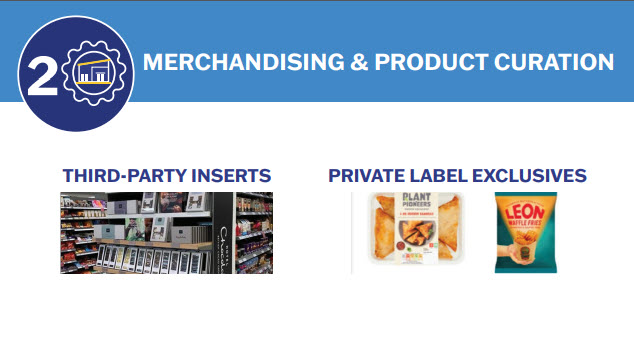
2. Creating a More Exclusive, Curated In-Store Experience
The pressure is on to make the in-store experience more unique and inviting. O’Leary says retailers will “seek greater exclusivity and trade-ups” with more strategic product curation and faster product innovation cycles.
That’s already happening with examples like these:
Waitrose is partnering with Hotel Chocolat to sell curated chocolate products within its stores by using dedicated gondolas and branded bays.
Waitrose is also expanding its “Waitrose Unpacked” option by integrating bulk refill stations into regular aisles.
And Sainsbury’s innovation team aims to more than triple the number of exclusive private label SKUs for a variety of food items.
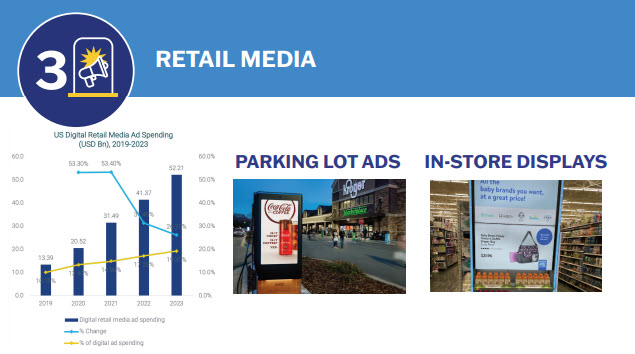
3. Bringing the Power of Retail Media to Physical Stores
Retail media generally refers to brands boosting their products on retailer websites via display and native ads. But O’Leary says retailers are also finding ways for retail media to drive profits and offset costs at physical stores.
Kroger, for example, has launched digital display ads in select store parking lots, in some cases using ad-supported EV charging stations.
Within the store, retail media continues to evolve as well. For instance, Walmart has begun using endcap display screens to show product detail pages from Walmart.com, including information such as ratings and product reviews.
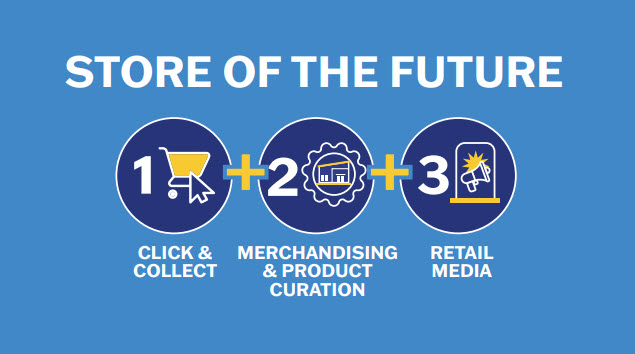
Strategies Intended for “Efficient and Sustainable Growth” in 2023 and Beyond
O’Leary says the turbulent macroeconomic backdrop of the past few years has made retailers more focused on maximizing profitability with their growth initiatives.
Taken as a whole, the strategies described above help prepare brick-and-mortar retailers “to succeed more meaningfully,” he says, as they focus on achieving “efficient and sustainable growth” for the coming year, and beyond.
Learn more about how these retail solutions can work for you.